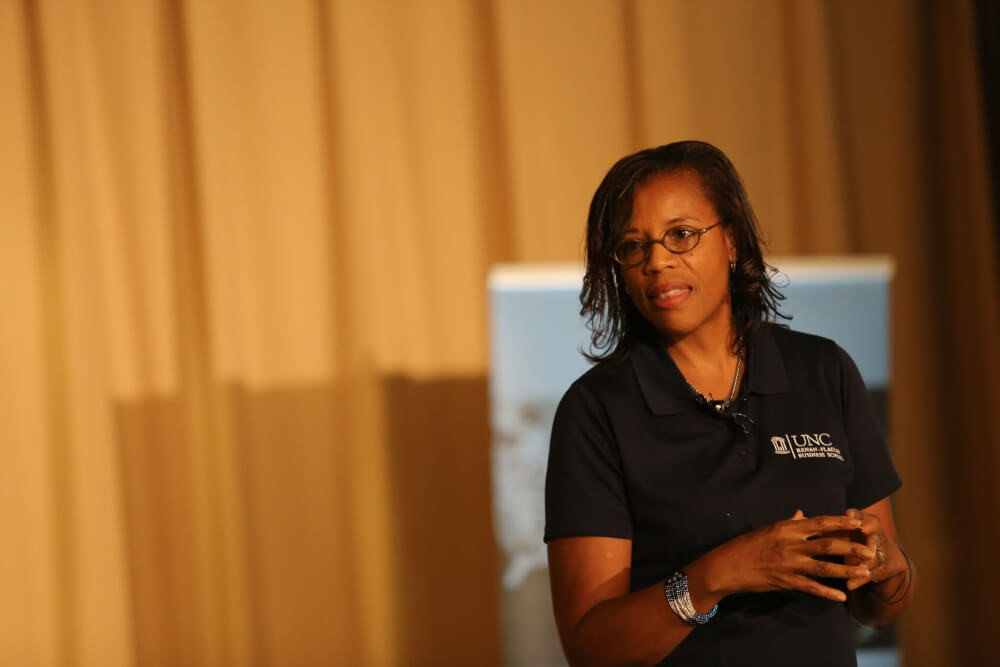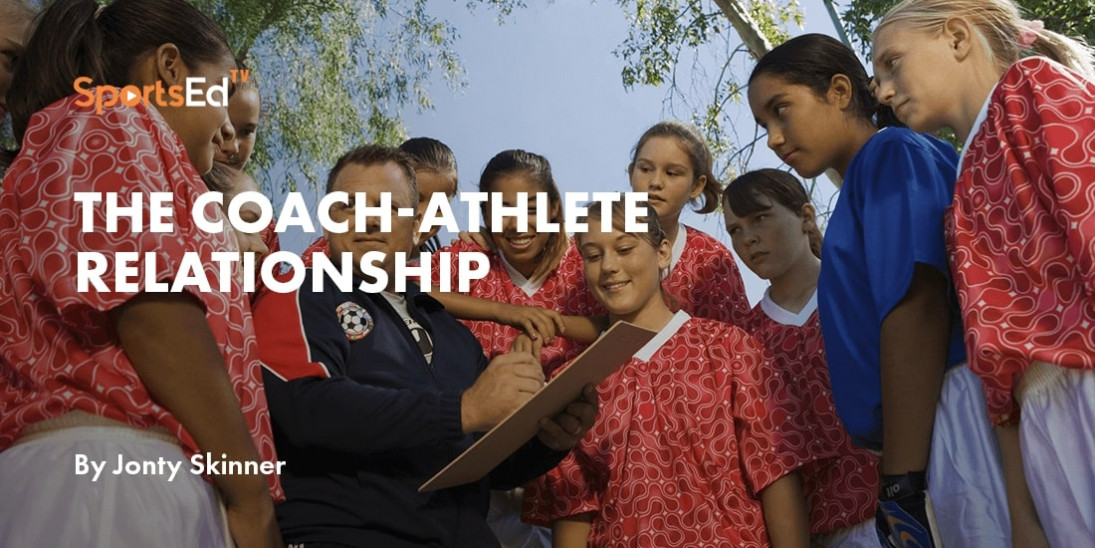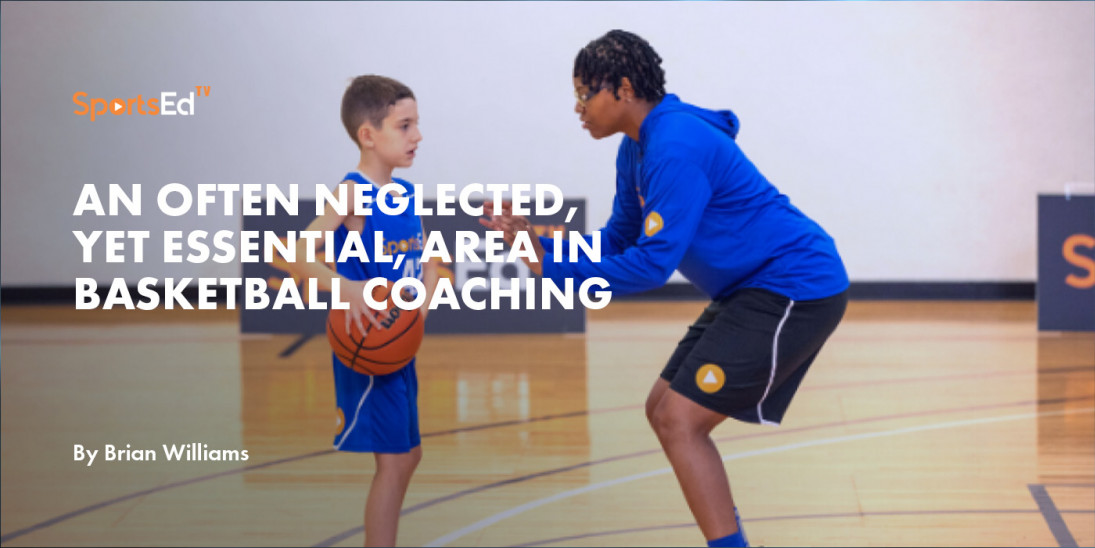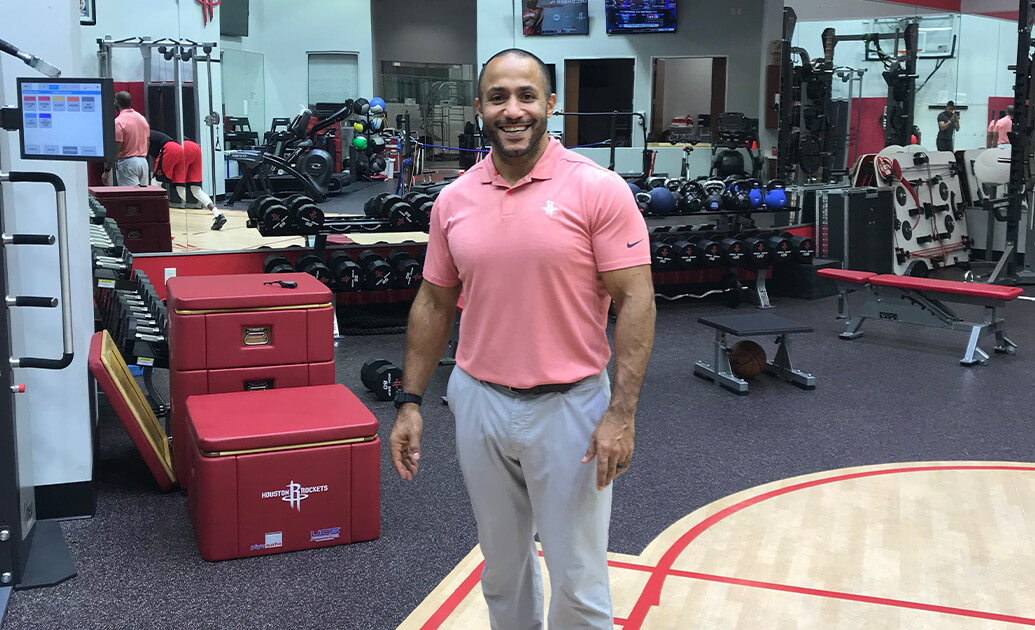Basketball, Mental Health
Welcome and thanks for visiting...

Think, Talk, and Celebrate Like a Point Guard

SportsEdTV Basketball is committed to bringing athletes, coaches, and parents pro-level basketball education videos for FREE. All levels, anywhere, anytime. Check out our full instructional library and sign up to join our basketball community!
Despite all of the changes with basketball strategy and technology advances with analytics, some things never change. The point guard (“PG”) still controls the team as a representative of the head coach on the court. This position requires a steady mind, confidence to speak up, and the heart of a champion.
Basketball at all levels has gone position-less. That means there are numbers assigned to positions instead of the traditional PG, shooting guard, forwards, and center designations. For example, numbers and new names have emerged such as wing, big forward, stretch four, and point forward. They are all used to describe offensive roles that players primarily use in motion offenses. Coaches no longer keep players in one particular part of the court or spot while running an offensive set. In an effort to the shift defense, which will increase the probability of a high percentage shot, players must move and be a threat all over the court.
The PG, or number 1 position, must lead the team with physical and mental skills. Three key skills or attributes that will help players improve and increase team success include:
- Think the Game. PGs not only know their position and their teammate’s position, they study the game. If you want to be the coach on the court, one should watch a lot of film, watch what players do who don’t have the ball, and what happens when the shot clock is running down. More often than not, a team that is disorganized will shoot a bad shot due to the pressure. PGs know what the shot clock reads at all times on offense. Use your devices to do more than have fun on social media. Watch games with the purpose of analyzing what the point guard does to set up their team for good shots, defensive position, and anticipation of what the opponent will do.
- Talk the Game. The basketball court is crowded with 10 players. Good teams talk to one another on defense. The PG must know all the plays and be vocal on the court. Their voice is loud and clear on both ends of the court. Teammates should recognize your voice in the middle of the melee. PGs use hand signals, no later than when they cross half court, on offense and defense to let their teammates know what to do. In loud arenas and gyms, teammates should be able to look at the PG to receive instruction. Also, PGs demand that the ball be passed to the best shooter or the teammate who can score off of the dribble when the offense has broken down or the shot clock is running out. PGs have to have the confidence to control the game by speaking up throughout the competition.
- Celebrate the Game. Players have different relationships with coaches. Some coaches are viewed by players as friends, older siblings, parents or bosses. Regardless, effective PGs serve as the bridge, when necessary, between teammates and the coaches to motivate teammates to go all out or to control their emotions. This ability to inspire others makes the PG the heart of the team. They build a good relationship with referees. They lift up teammates who are struggling and speak positive words to those who are stepping up to make a difference. PGs love the game and teammates and coaches can feel their energy.
There is no doubt that basketball is a team sport. The PG is usually the player who keeps the team grounded and mindful of the importance of everyone’s role for success. The position is for those players who can play and think the game. It’s no wonder the PG is often seen as a fan favorite and coach’s pet. The good ones work at – on and off the court using their multiple skills to drive success.
Onward!





